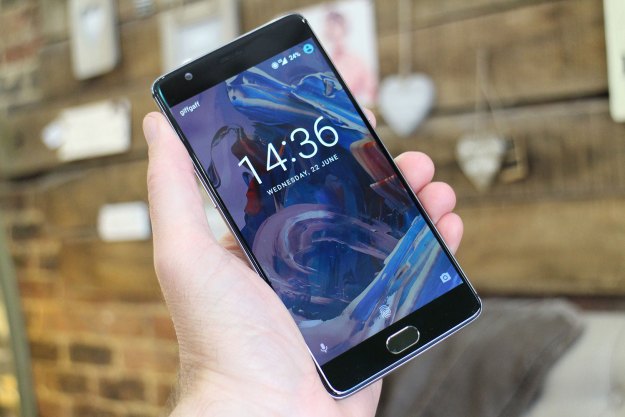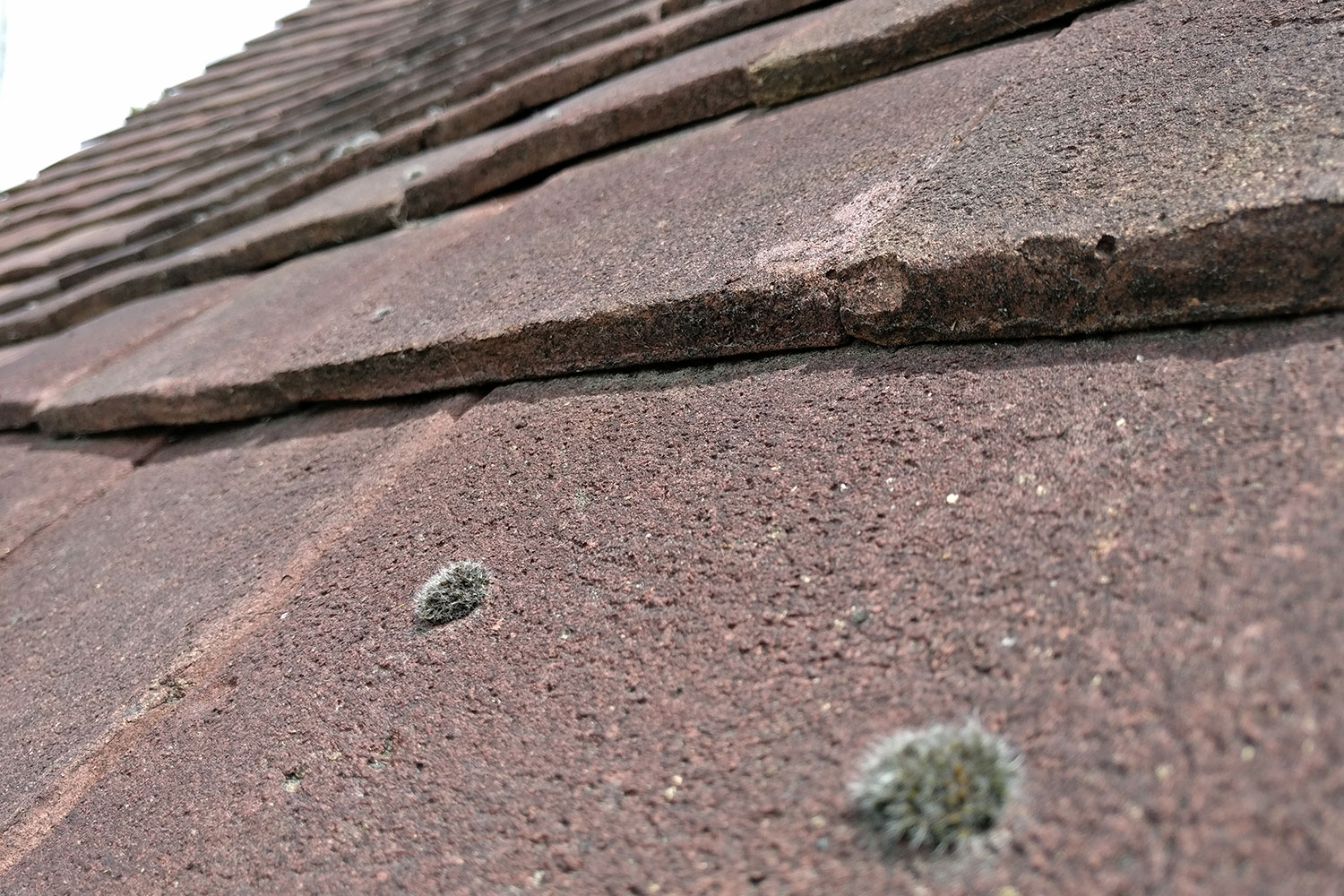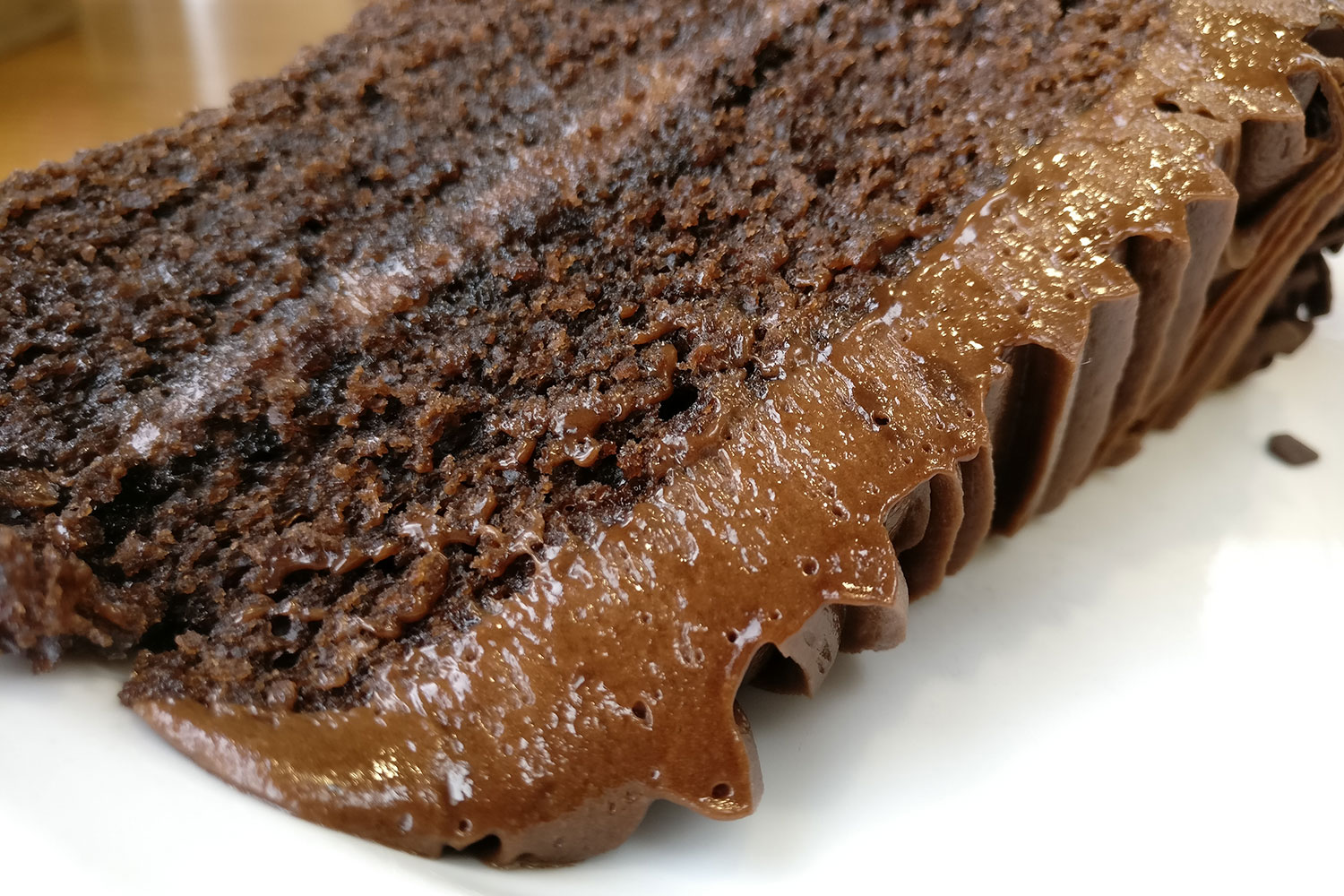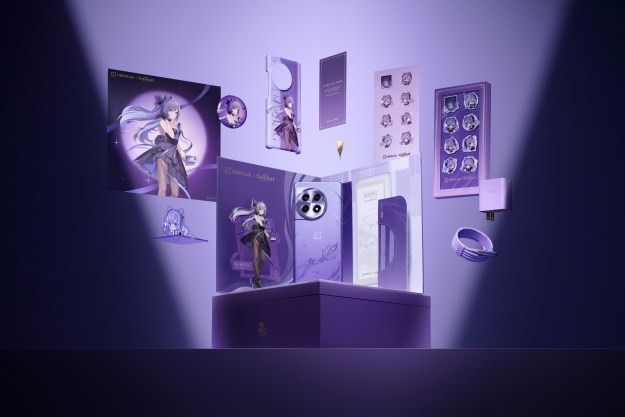
- Superb value, no invitation
- Beautiful metal body
- Fast processor, 6GB of RAM
- Fast charging
- Camera takes great photos
- Bright AMOLED screen
- Not all 6GB of RAM is utilized all the time
- No MicroSD card slot
- Battery life isn’t that long
OnePlus began as an unknown startup with a surprising cult following when it revealed the affordable and powerful OnePlus One in 2014. The company encountered its share of bumps along the road, but it has been steadily improving each year. There’s considerable expectation that its newest phone, the OnePlus 3, will eclipse every phone that came before it.
All the elements for success are there: A fast processor, an AMOLED screen, a metal body, and a low price. Its previous phones have had issues, some big and some small, but this time there’s nowhere to hide. Has OnePlus cooked us a delicious dish that will leave us asking for more, or is it an unmitigated disaster, prepared by an inexperienced chef unable to extract the full flavor from the ingredients?
We’ve been using the OnePlus 3 for a week, and it sure is tasty.
Body and design
The OnePlus 2 wasn’t very exciting to look at. The trademark sandpaper back may have been grippy, but it didn’t make you want to cradle the phone in your hand. The body was also quite thick and heavy. The OnePlus 3 replaces the sandpaper for smooth metal, and the overall design has a level of minimalism that makes us almost weep with joy.
There’s a solitary OnePlus logo stamped on the back, bookended by iPhone and HTC-like antenna breaks, and a slightly raised camera lens. That’s it. It’s a real beauty. Pick it up, and the sides are subtly curved and completely smooth. It fits in your palm extremely well. We hold our phones many times during the day, and comfort is very important.
It’s also surprisingly small. Samsung and LG have opted for 5.1-inch and 5.3-inch screens respectively on their top phones this year, and although the OnePlus 3 has a 5.5-inch screen, it’s barely wider than the LG G5 and a millimeter or so longer. It’s even thinner too, and weighs 158 grams, which is nearly the same as the G5 and S7.
The OnePlus 3 is a phone you’ll want to buy for its style alone. It’s every bit as delectable as the HTC 10, and as mature as the Huawei P9, two phones from which it borrows several design aspects. The fact that it has the build quality to match, and is substantially cheaper than either one of those very expensive flagship phones, borders on the unbelievable.
Screen and fingerprints
A pane of 2.5D Gorilla Glass 4 covers the screen, completing the slickly modern design. It’s punctuated only by the fingerprint sensor, which doubles as the home button. On the side, the notification alert slider makes a welcome return. The two-stage switch lets you selectively mute alerts, based on importance. It’s a time-saver, and the switch itself has a cool knurled pattern for grip. Its placement at the top left of the device is a little odd, though.
The fingerprint sensor is also a little awkward. I found it less natural to hold my thumb against than Touch ID on the iPhone, mainly because the OnePlus 3 is quite light and a little slippery, so it often felt like I was about to drop it. Oddly enough, although it almost always recognized my print with astonishing speed, it’s frustratingly easy to accidentally press the Emergency dialer button, that’s right above the sensor, at the same time. Luckily, I didn’t end up dialing any emergency numbers, but tapping out of it added an unnecessary step to unlocking the phone.
The overall design has a level of minimalism that makes me almost weep with joy.
OnePlus finally brought NFC to the OnePlus 3, so the phone supports Android Pay. Mobile payments are hit or miss, but Android Pay’s problems are hardly unique to the OnePlus 3.
The AMOLED screen on the OnePlus X was a winner, and the company continues that trend with an Optic AMOLED screen and a 1,920 x 1,080 pixel resolution on the OnePlus 3. What’s Optic AMOLED? According to OnePlus CEO Carl Pei, the Samsung-supplied screens feature a dual-polarizing layer that’s tuned for improved color temperature and contrast.
The result is interesting. It doesn’t seem to have quite as deep blacks as the OnePlus X, but the colors leap out of the screen and pierce your retinas. It’s like OnePlus has added an HDR mode, giving blue skies in photos a hyper-realistic hue, and green trees a neon glow. It’s not ugly, distracting, or over-the-top, because it isn’t always noticeable; but it will make you blink and look twice when it shows up for the first time.
What the OnePlus 3’s AMOLED screen does do is burn brighter than the sun, right up to the edge of saturation. However, compare it to the Galaxy S7 Edge, and there’s little to separate them when playing 1080p YouTube videos side by side, but if we’re being picky, then perhaps the Samsung screen does have a slightly more natural glow.
Performance
OnePlus has also been messing around with the phone’s performance. The Qualcomm Snapdragon 820 processor speaks for itself. It’s the same chip found inside the Galaxy S7, LG G5, HTC 10, and other top smartphones, and it’s a gutsy powerhouse that will remain strong enough to cope with tasks and games for the next couple of years. However, OnePlus is raising eyebrows with the addition of 6GB of RAM.
That’s 2GB more than even the fastest phones from 2016, and with it, you’d expect the phone to do a passable impression of Quicksilver in the X-Men movies. Turns out it’s not obscenely quick; it’s equal to the competition — in most cases. There has been much discussion about the way OnePlus manages the RAM inside the phone. Only some apps use the full 6GB and benchmarks often say 4GB is available out of a total 6GB. An aggressive battery management program can close down apps in the background to reduce power consumption, too.
In the real world, I never noticed any slowdown or struggles with games, and dozens of apps sat happily in the background ready to be called back into action. Yes, messing around with the RAM optimization is going to upset hardcore fans, but under regular use, it doesn’t seem to make a difference. The flip side of this is that the 6GB of RAM doesn’t make the phone any faster than others, either. At least not yet, things may change with software updates in the future. We’re certainly not going to complain that there’s more to come in terms of power from the OnePlus 3.
Slam the OnePlus 3 through a series of benchmark tests, and the results are stupendous. AnTuTu 3D returns a whopping 142,101, beating the LG G5’s 131,505, and the Galaxy S7 Edge’s 131,090. 3DMark gives 2,588, and GeekBench 3 gives it 2365 single-core, and 5581 in the multi-core test.
Battery
A 3,000mAh resides inside the OnePlus 3 and despite all this talk about optimization; it didn’t stretch beyond two working days. That’s a day and a half of continuous use. Giving it some real work to do — benchmarks, gaming, navigation, photos, Bluetooth connection for music, and some social networking — sucked 30 percent in about three hours, so you’ll end up with a day if you’re a hard user. Not brilliant, but about the same as any other Android phone recently.
If this upsets you, OnePlus has a pleasant surprise, because the phone supports USB Type-C fast charging. And it’s really fast. Called Dash, it’s likely a variant of Oppo’s VOOC charging system (OnePlus has strong ties with Oppo), where clever charger management keeps the temperatures down and the voltage flowing, resulting in a more efficient charging process.
Not convinced? How’s this: With Dash charging, the battery went from 1 percent to 100 percent in an hour and 14 minutes. Or, if you’re in a hurry, it can go up 60 percent in about half an hour. Yikes. That’s faster than the LG G5 and the Samsung Galaxy S7 Edge, both of which use Qualcomm’s fast charging system. What’s more, the OnePlus 3 stays icy cool throughout, so it’s less stressful on the battery and more comfortable for you to hold.
Camera
Often, the camera is hard to get right. Much attention has been lavished on the Huawei P9’s dual-lens camera, the G5’s wide-angle cam, and the Galaxy S7 camera’s low-light prowess, so how does OnePlus’ camera compare? The phone sports a 16-megapixel Sony camera with an f/2.0 aperture, optical image stabilization, HDR, and a 1.28-inch sensor.
The result is a distinct improvement over the OnePlus 2, but it’s not quite equal to the aforementioned trio of amazing smartphone cameras. Shooting in daylight with the sun peeking through the clouds made HDR mode kick in. The camera produced images with beautiful blue skies, which were emphasized by the phone’s high-contrast screen. Focusing on close-up objects gave a pleasant depth-of-field to the final picture. The sunny day shots had plenty of detail, but the camera struggled to drag in enough light on darker days.
Taking shots late in the evening demonstrated how well tuned the camera’s auto mode is, because the camera took in more light than expected, and produced detail-filled pictures with the sun setting in front. The same scene taken with the Huawei P9 wasn’t as impressive on auto, and it took some messing around with the manual mode to get the best photo, and even then it wasn’t quite as good as the OnePlus 3’s shot. That’s high praise.
OnePlus’s custom camera app does make use of the all 6GB of RAM. It’s certainly fast, and multiple taps of the shutter button capture more pictures almost without delay. There’s a manual mode where you can alter shutter speed, ISO, color temperature, and focus. You can also save pictures in RAW for editing. Editing is easy, and you can make your adjustments with a virtual scroll wheel on the right hand side of the viewfinder in landscape orientation.
Selfie fans will be happy with the 8-megapixel camera above the screen, which has the same f/2.0 aperture as the rear cam. It did well taking selfies with the sun behind me during the day, and again in the half-light later in the evening.
Android and storage
The OnePlus 3 covers Android in the OxygenOS user interface, modifying the operating system slightly from Google’s vision. It’s not a drastic alteration, and it’s closer to how Motorola deals with Android than the heavy UIs of Huawei or Samsung. Android 6.0.1 lies underneath, and purists will be pleased to note the app drawer is present and the notification shade is as Google intended.
OnePlus confirmed that the last major version update for the OnePlus 3 will be Android O, but the device will still receive security updates in the future. Within the next couple of months, the device should see OxygenOS 4.5.
The most noticeable change is Shelf, which slides in from the left of the home screen, where you can find shortcuts to frequently used apps, space for Android widgets, the weather, and a space to write memos. The customization of Shelf has been simplified, with a more Google-like process for adding widgets and options. It’s easy to turn off OnePlus’s Shelf option if you don’t like it.
With Dash charging, the battery went from 1 percent to 100 percent in an hour and 14 minutes.
OnePlus installs its own music player, gallery app, and file manager app, but nothing more. It was unshakeable too, with no stability issues showing up in the first days of use, and it happily played some of the more obscure games I downloaded from Google Play. Swype’s keyboard is an option, although we chose Google’s Android keyboard, which performs brilliantly, and we love the subtle haptic feedback and preciseness of the touchscreen.
There’s 64GB of internal memory, with about 53GB free for your use, but sadly there’s no MicroSD card slot to increase this figure. Rather than opt for one of the new dual-SIM trays with the option of using one of the slots for a memory card, the OnePlus 3 is a strict dual-SIM device. It’s unfortunate, and although 64GB is quite a lot, I miss a card slot because I have one with all my music and video already loaded. Side-loading media over USB is simple, but a step that could be easily avoided. It’s one of the few black marks against the OnePlus 3.
Warranty
OnePlus has a one-year warranty on its devices in the United States, where device defects will be repaired or a replacement device provided for free, including the shipping and handling costs. It doesn’t cover wear and tear, or water damage. Alternatively, OnePlus offers an extended warranty plan though Assurant Solutions called On-Guard. Plans can be for a year, 18 months, or two years, and see devices repaired or replaced in the U.S., rather than China. This means the turnaround should be quicker. Costs range from $20 to $110 extra.
Buying a OnePlus 3
It’s a OnePlus phone, so you must need an invitation, right? Wrong. The invitation system is no more, so you can go to the OnePlus online store right now and buy one for $400. There’s only one model available, with 64GB, and in a graphite color. If you want to jazz it up a bit, you have the option to add a clip-on protective case for $25. The cases are slim and unobtrusive, providing a degree of corner protection in the event of a drop, and some extra grip when holding the phone.
Conclusion
To buy an unlocked, contract-free Samsung Galaxy S7 or LG G5, you’ll need at least $650, while a 64GB iPhone 6S Plus will cost $850. The OnePlus 3 offers essentially the same experience, has a camera that doesn’t disappoint, charges quicker than all three, has superb build quality, and looks just as modern and stylish — all for $400. There’s no MicroSD card slot, and the battery life isn’t that long, but really, those aren’t compelling reasons not to buy one.
What else is there? The Nexus 5X is a possibility for between $300 and $400 depending on whether Google’s having a sale, just don’t expect a long-lasting battery. The Nexus 6P is closer to $500, which leaves the $400 Moto X Pure as the only major alternative to the OnePlus 3. Or, if you don’t mind going back a generation, the OnePlus 2 remains solid value for $300. But really, you’re just being contrary. The OnePlus 3 is the one to choose here.
The OnePlus 2 was a phone we’d recommend because it was well priced. The OnePlus 3 is a phone we recommend in the same breath as the Galaxy S7 and Nexus 6P because it’s a solid flagship phone with an attractive price tag.
OnePlus has crafted a smartphone that you’ll want to own, elevating it beyond its classification as a value-driven option. There really is no need to spend a ton of money just to get a supremely capable smartphone anymore. Here’s one that leaves other phones standing, and leaves hundreds of dollars in your wallet.
If the OnePlus 3 has already tantalized your taste buds, then don’t be shy; dig in, because the result is as divine as it looks.
Update: Android O will be the last major Android update for OnePlus 3.
Editors' Recommendations
- OnePlus surprises us with dazzling Android tablet and smartwatch
- OnePlus just fixed a big issue with the OnePlus Watch 2
- Does the OnePlus 12 have a curved screen?
- Best OnePlus Open deals: Save $200+ on the foldable phone
- The best OnePlus 12R cases in 2024: the 9 best ones we found

























